Often considered a creatively functional staple in home design and hosting, the tiered tray is a versatile tool that serves numerous purposes. From serving cakes at a high tea to displaying knick-knacks on a coffee table; these trays bear a fascinating ability to blend utility with aesthetics seamlessly. This essay serves as a comprehensive guide on the intricacies of tiered trays – delving into their types, materials, significance, and uses. Furthermore, we venture into the practical aspect of constructing your own tiered tray and endow you with the knowledge to express your distinctive tastes through its decoration. By navigating through this guide, you will not just understand tiered trays, but also gain the skills to customize one that aligns with your style and requirements.
Understanding Tiered Trays
Understanding a Tiered Tray
A tiered tray, sometimes referred to as a tiered serving tray or tiered stand, is a versatile item used in both home decor and serving food. It is a multi-level tray with two or more platforms of varying sizes stacked on top of each other, often ascending in size from top to bottom. Tiered trays are also usually connected via a rod in the middle which doubles as a handle for easy transport.
Uses and Importance of a Tiered Tray
The significance of tiered trays lies in their multi-functionality. They can be used as a stylish method for showcasing decor or for organizing small items. For example, in the living room, tiered trays can be used to display figurines, candles or photos. In the bathroom or bedroom, they can help organize items such as jewelry, cosmetics, and toiletries.
But perhaps the most notable use of tiered trays is in food presentation. Whether it’s for serving appetizers at a party, displaying baked goods at a bakery, or presenting a personal tea service, tiered trays add a touch of elegance to the table. The different levels allow for a clear view of all items, making it practical as well as aesthetic.
Different Types and Styles of Tiered Trays
There are various types and styles of tiered trays available to match any aesthetic or purpose. Some trays, for instance, feature a rotating or lazy Susan design, perfect for easy access to all items on display. Shapes of trays can vary as well, with the most common being round, square or rectangular.
Style-wise, tiered trays can range from rustic to elegant. Rustic trays tend to be made of distressed wood or galvanized metal and are perfect for a farmhouse or country decor style. For a more elegant or modern look, sleek, minimalistic tiered trays typically made of glass or polished metal are available.
Materials of Tiered Trays
Tiered trays are made from a variety of materials, each having its own unique style and function. Wood trays provide a warm and rustic feel, perfect for a country-style kitchen, while metal trays offer a sturdier build and more industrial appeal. Glass and ceramic tiered trays are favored for formal settings due to their delicate and sophisticated appearance. Plastic trays, on the other hand, are a practical and durable option for everyday, casual use. In terms of maintenance, trays made from smoother materials like glass and ceramic are easier to clean, while those made from wood and iron need more care to keep them in good condition.
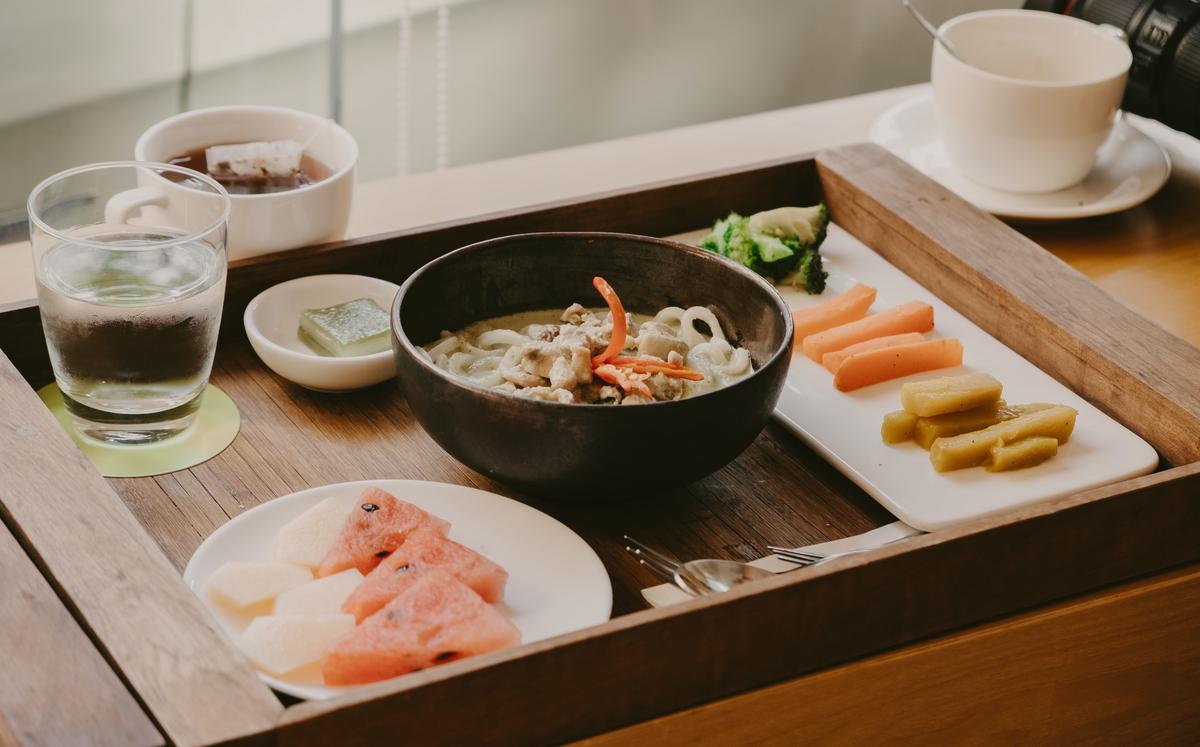
Building a Tiered Tray
Understanding Materials and Tools Required
Creating a tiered tray requires several materials and tools, including but not limited to trays, a stand, spray paint, a glue gun, and glue sticks. The trays can be of any material such as ceramic, metal, or even plastic and need to come in varying sizes. This will enable creating a tiered effect. The stand typically comprises rods, one for each tier, and a handle for the top so you can easily move the tiered tray around. The rods need to be sturdy enough to hold the trays. Spray paint can be useful in case you want to customize or refresh the look of your trays. Lastly, a hot glue gun and adequate glue sticks are needed to assemble and secure the tiered tray.
Choosing the Appropriate Measurements
The size and dimensions of your tiered tray will depend on your specific needs. A typical tiered tray has 3 levels with heights ranging from 12 to 24 inches. The trays themselves tend to decrease in size from bottom to the top (like a pyramid). Ensure that there is ample space between the tiers for the items you want to display. If the stand you purchase is not at the desired height, it can be cut to size.
Assembling the Tiered Tray
Start by deciding the order of the trays from bottom to top. Before attaching anything, you can stack the trays to visualise how it will look. Once you are sure of the placement, using the glue gun, apply a generous amount of glue on the bottom of the rod that will be in direct contact with the center of the lowermost tray. Fix the rod in the center and allow it to dry for some minutes. Repeat the process with the next tier, securely gluing the rod to the center of the next tray, ensuring it is attached both to the bottom and top of the tray. Again, leave it to dry.
While fixing the topmost tray to the stand, also affix the handle. Apply glue to the bottom of the rod, center it on the tray and also glue the handle to the topmost side of the rod. Ensure everything is aligned and leave it to dry and secure.
Adding a Personal Touch
Once your tiered tray is assembled and the glue is dry, you can spray paint the trays and the stand for a cohesive look or to match your room’s decor. Always remember to do this in a well-ventilated area and let the paint dry before using the tray.
Conclusion
Creating a tiered tray is an easy and fun project that not only serves a practical purpose but also adds a decorative touch to your space. It can be customized according to your taste and used to display a wide range of items, from fruits and pastries in your kitchen to succulents or jewellery in your bedroom.
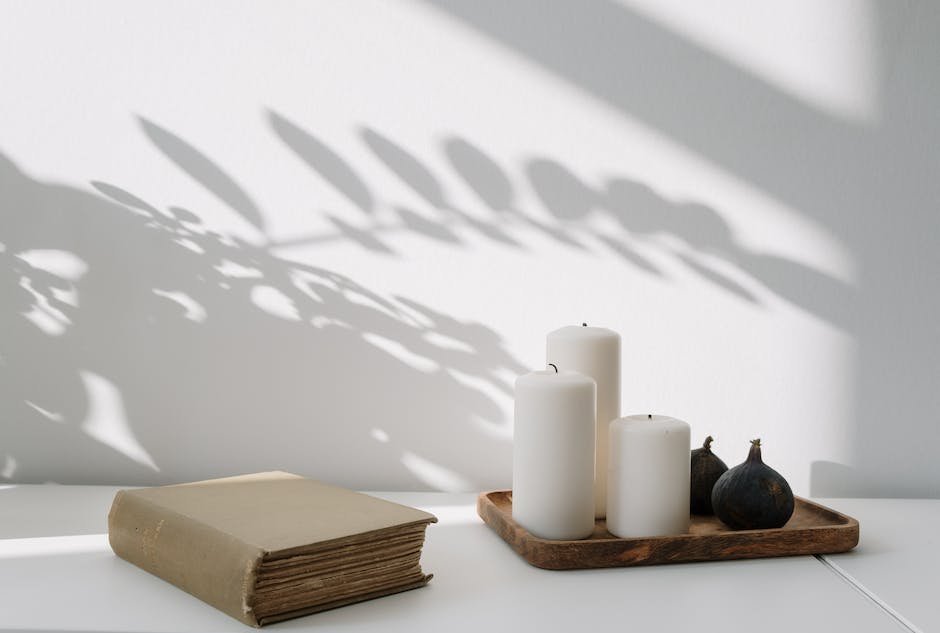
Decorating and Styling a Tiered Tray
Understanding Decorating Styles for Tiered Trays
There are various styles and techniques to decorate tiered trays that emanate unique aesthetics. The vintage style, popular because of its nostalgic charm, often features old books, antique dishes, or vintage tea cups. A rustic style uses natural materials like wood, wicker and burlap, paired with rustic tableware. The modern minimalist style focuses on simplicity with fewer items that are usually monochrome or of neutral colors. If you’re looking for a lively atmosphere, the bohemian style could work perfectly with its colorful and diverse decorative items. Knowing these styles helps you create an aesthetic that matches your space.
Choosing Items for Display
Almost any small items can be displayed on tiered trays, depending on your choice of theme or style. For example, for a kitchen display, you can use coffee mugs, small plates, tea towels, sugar and creamer sets, small potted plants or even faux pastries. For a living room display, place items like small photo frames, candles, small books, coin boxes, or keepsakes. Seasonal or festive items also make for an engaging display during holidays. The key is to choose items that will create a visually balanced display.
Arrangement Techniques
Arranging items on a tiered tray can be an art in itself. Start with placing the largest piece first. This becomes your anchor that grounds your display. Next, distribute other items evenly throughout the tray. To create visual interest, you can play with the heights of your objects. One preferred way is to arrange items in a pyramid shape with the tallest at the center. Remember to leave some space between each item and not to overcrowd your display.
Creating Visually Balanced Displays
A well-balanced display is visually appealing. The rule of threes, an essential principle in visual design, states that items arranged in odd numbers are more appealing. The color balance is also important. If you are using bold or bright colors, they should be balanced with neutral colors to avoid overwhelming the viewer. Last but not least, remember to consider scale and proportion. Ensure the items fit well in the tray and with each other according to size.
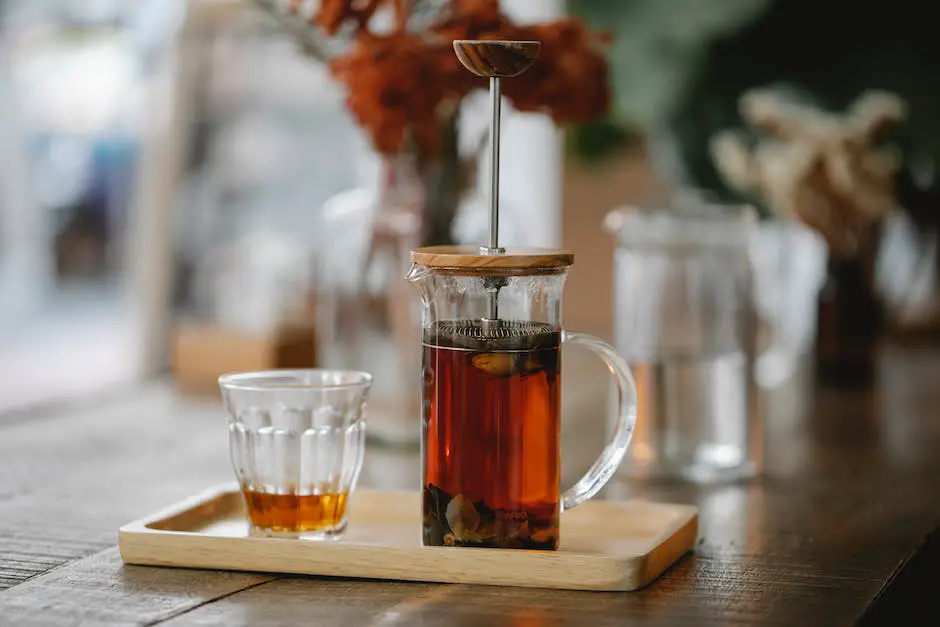
While it’s easy to regard tiered trays as simple objects of utility, they are, in fact, canvas for creativity and expression. Through their creation and design, one tells a story, captures an aesthetic, or encapsulates a life moment. Understanding the various facets of tiered trays equips us with the ability to amplify the beauty of any space, be it a dining room or a bedroom. Learning to build and design a tiered tray isn’t just a skill, it’s a journey into the world of artistic expression – an endeavor that crafts stories out of inanimate objects. Whether you’re hosting a lavish party, decorating your home, or just arranging your loved keepsakes, tiered trays indulge in their versatility while adding sophistication, charm, and personal touch to the space.

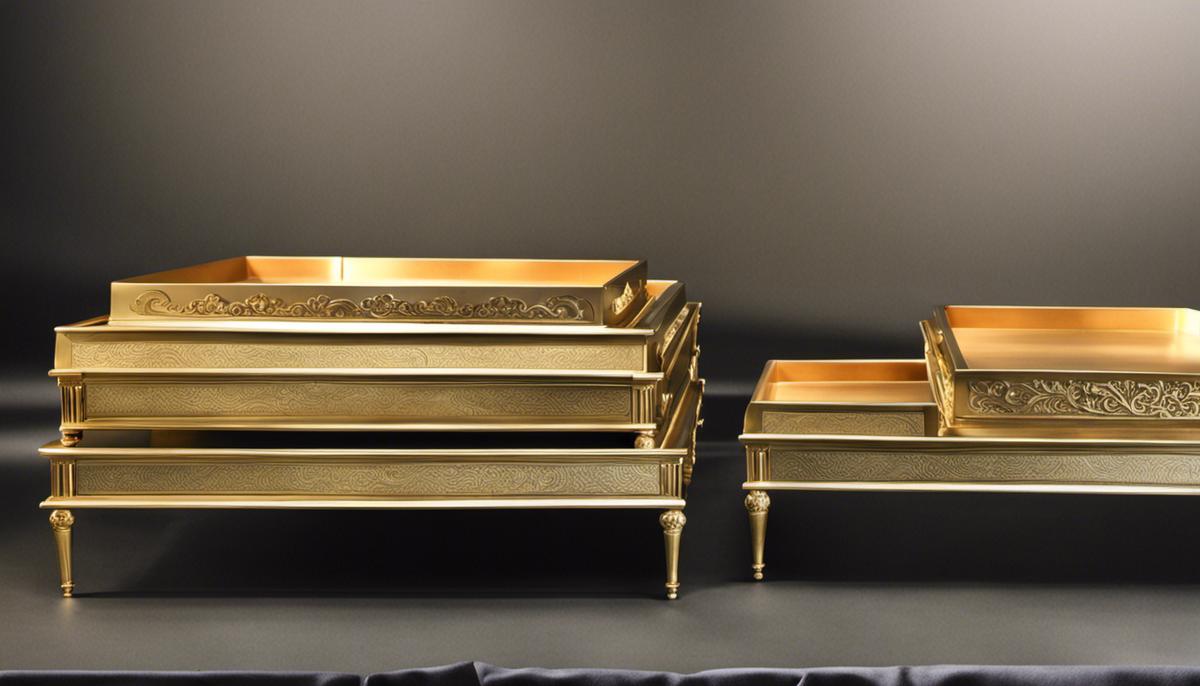
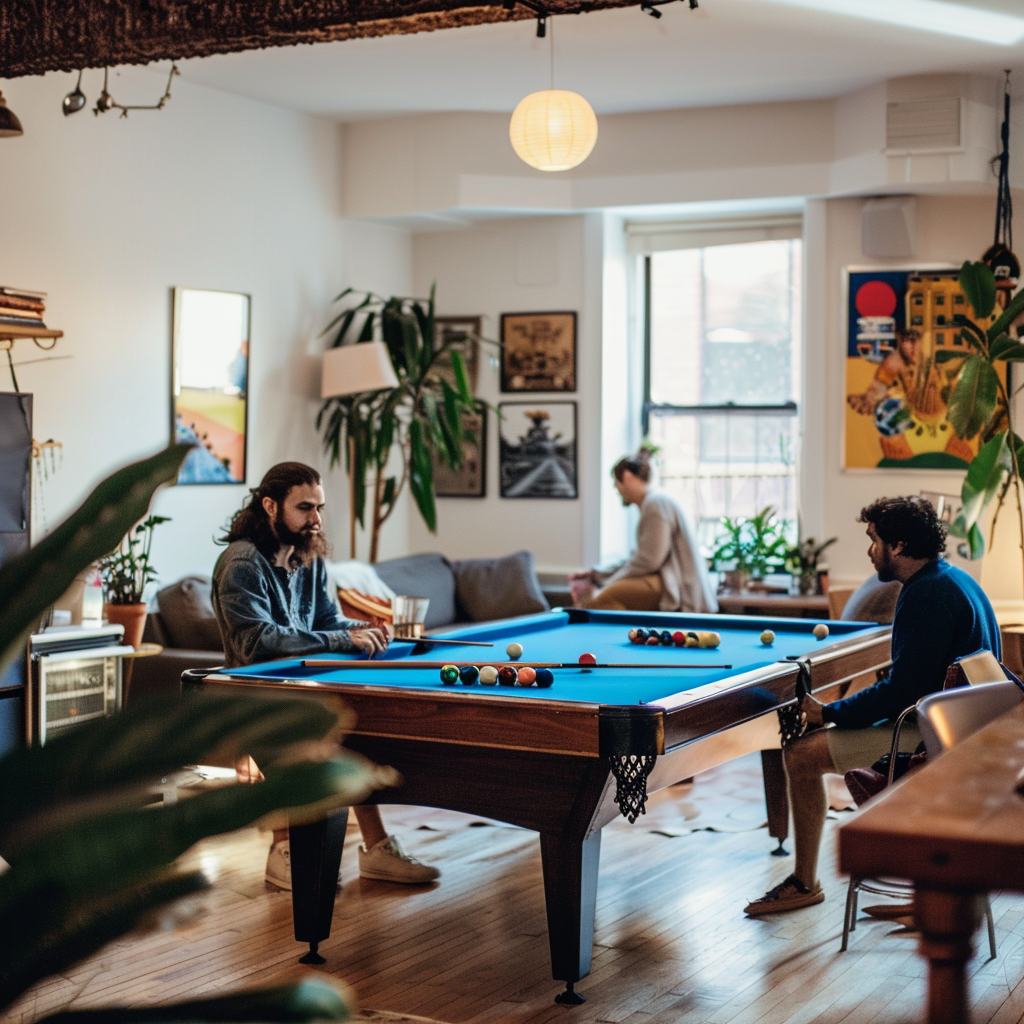
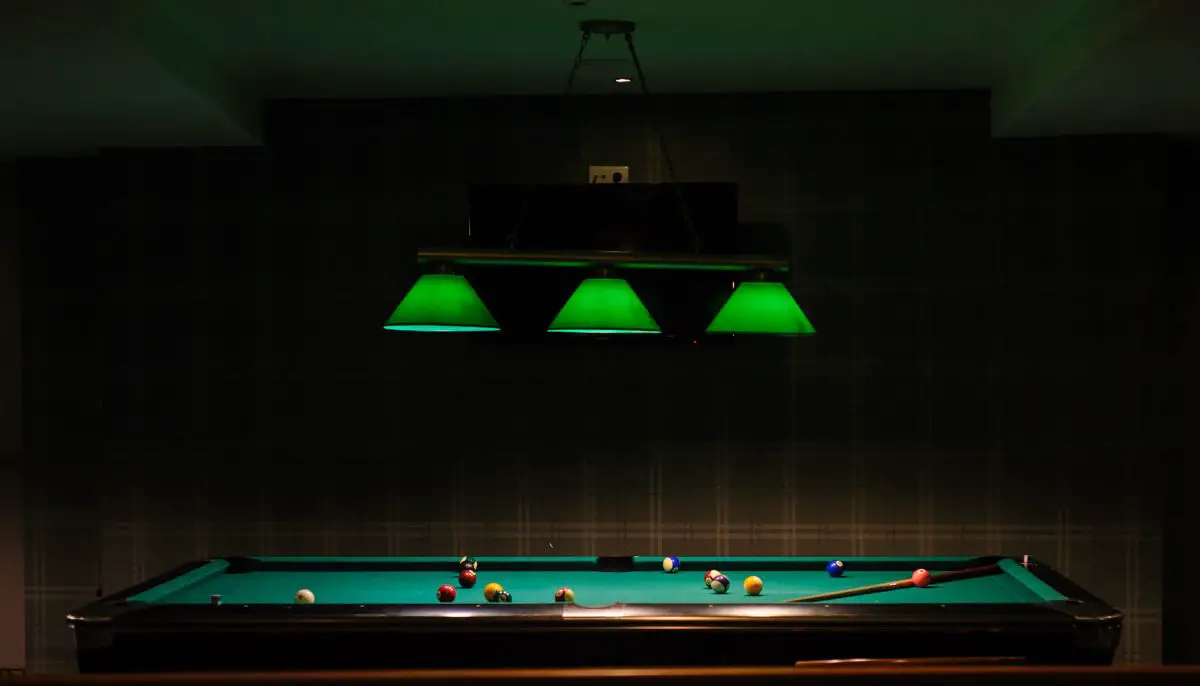
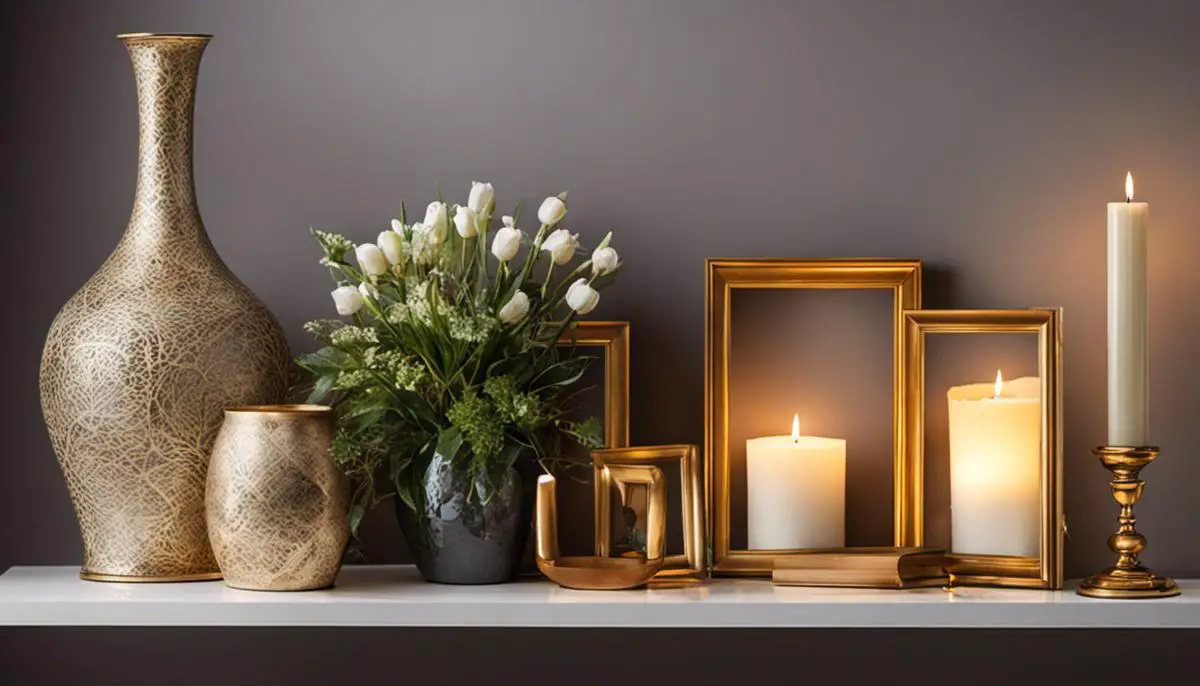
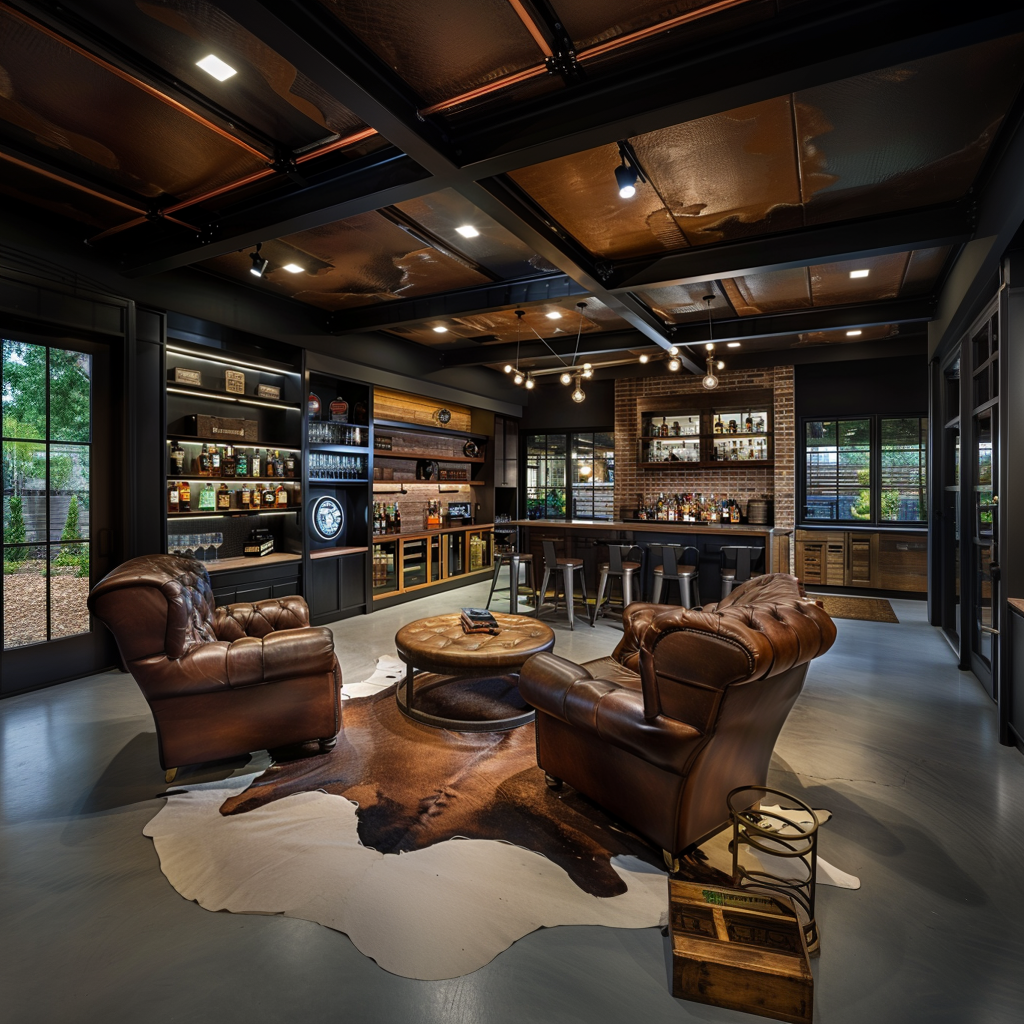
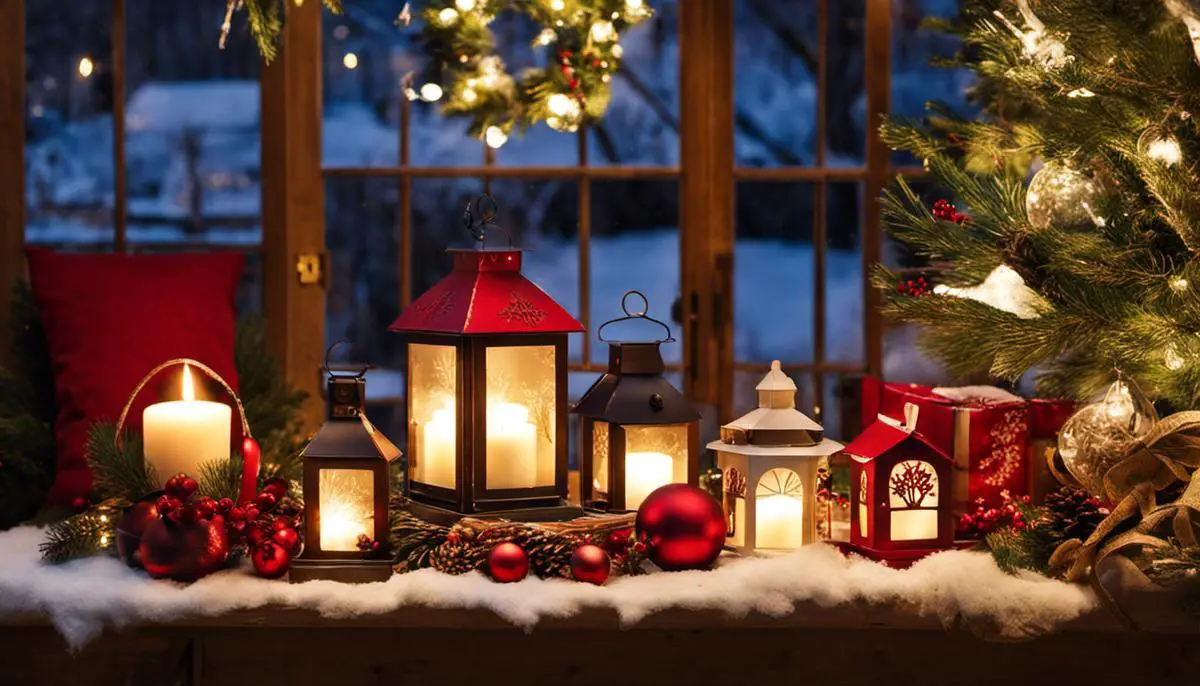
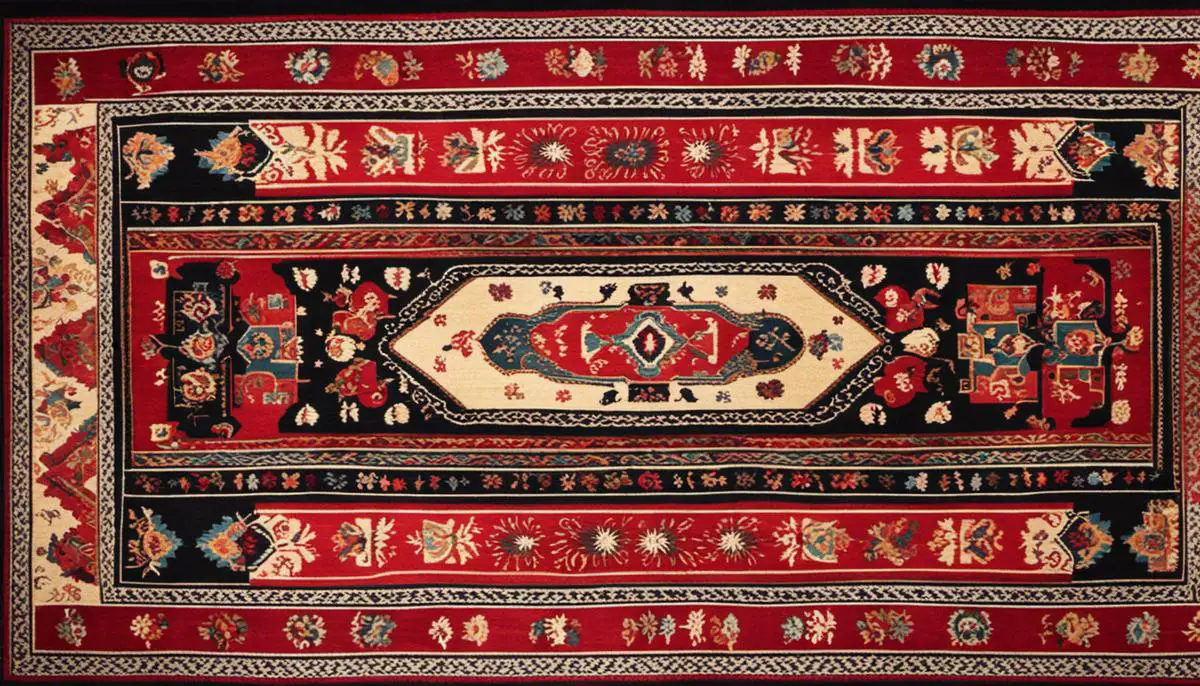
Leave a Reply